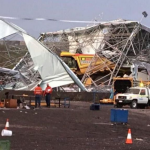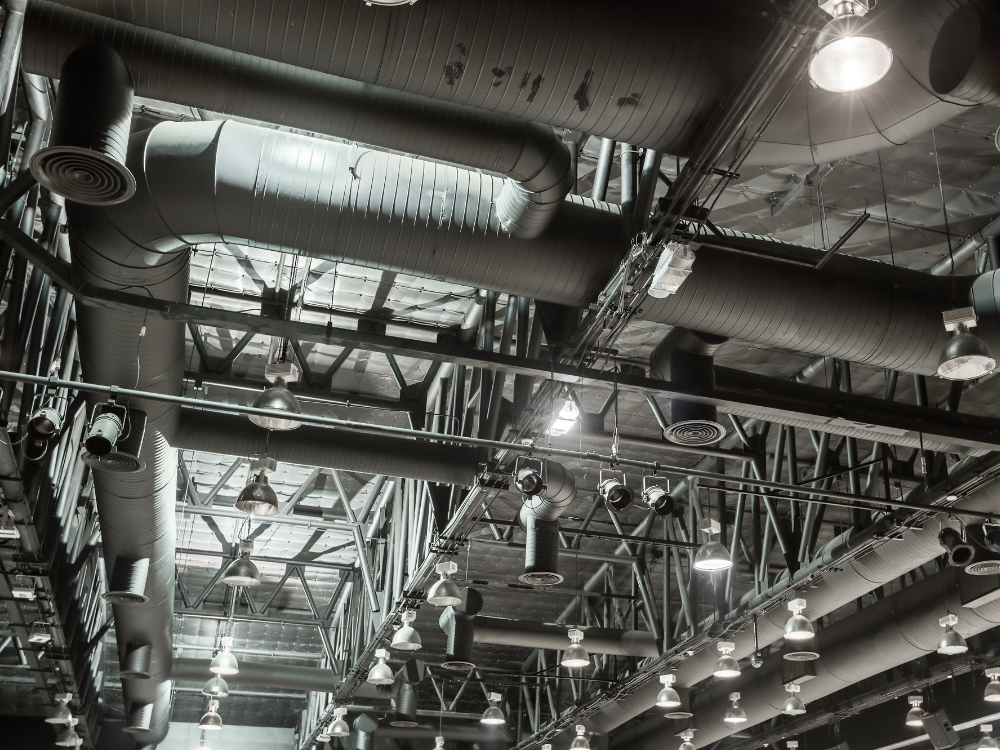As we adjust to the new COVID normal, with hand hygiene and masks now widely used, scientists are now looking to the ventilation and air quality of our workplaces and homes as the next step in fighting the virus.
Evidence is firming that the virus is spread through aerosols as well as larger droplets, like sneezes, particularly in densely populated spaces.
According to Alex Huffman from Denver University, “ventilation is a really important piece of the puzzle.” He explained that it is yet to be implemented as a public health solution, but says it is time to consider all environmental factors.
“It is a resource issue but I also think it’s a leadership issue. If your leaders are convinced that this is a critical piece of the puzzle, then they will find a way to make it happen.”
The debate around airflow in buildings or on public transport has meant that filtration systems have not been a central part of the public health response to COVID. However, the WHO, America’s CDC and the European Commission have all acknowledged that aerosol transmission plays a large part in the spread of COVID-19.
Dr Robyn Schofield, an atmospheric chemist from the School of Earth Sciences at Melbourne University, explained that the threat of transmitting the virus indoors via aerosols is significant.
“If you have an inside space with a lot of people in it, a lot of people breathing, you will get a lot of aerosol building up and so the risk is higher.
“If the source person is wearing a mask, most of the respiratory aerosol has been caught by the mask so the risk is lower but if masks are off, people are eating and there is poor ventilation, you have a situation where the risks are higher.”
Occupational hygienist and engineer Kate Cole, who appeared on the ABC’s 7:30 Report, said: “Whether it’s a hospital, an aged care facility, a school or an office — everyone should be looking at what can they do to increase the amount of fresh air, remove the amount of contaminated air and increase the volume of air going into their spaces.
“We want the information on ventilation to get out to the public because it all just helps reduce our risk.”




